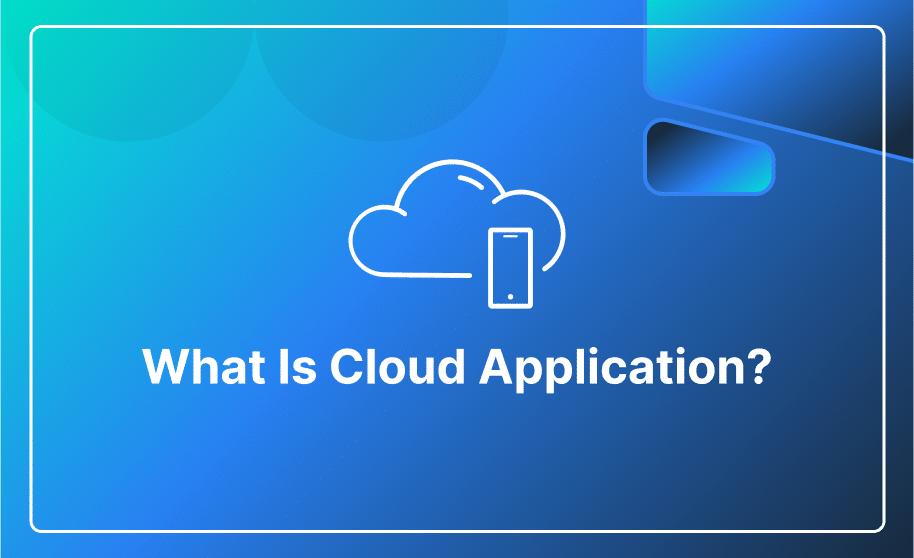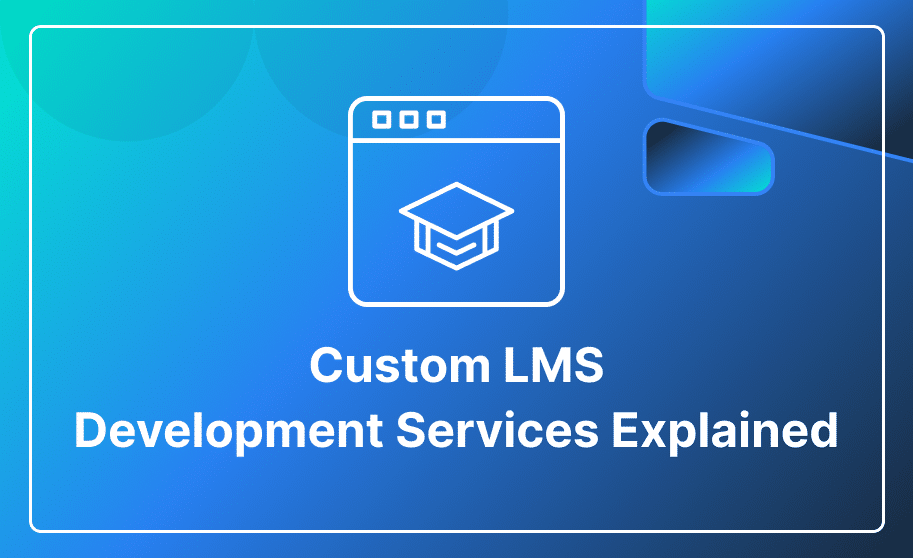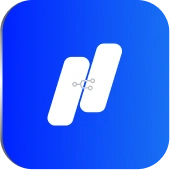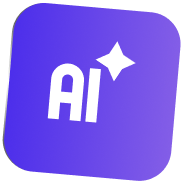In app development, no-code platforms have transformed how people and businesses create mobile and web applications. Two prominent players in this space are Bubble and Flutterflow, both gaining significant attention.
If you’re in search of the ideal no-code platform for your project. Then, this in-depth comparison will explore the features, capabilities, pros, and cons of Bubble and Flutterflow, assisting you in making an informed decision.
Quick Overview of Bubble
Bubble is a no-code web app builder that allows you to create web and mobile applications with ease. Its intuitive visual editor enables users to design and build powerful web applications. This platform provides numerous customization options that allow users to build appealing app interfaces and customized workflows to their needs. The platform includes a built-in database for efficient data management and integrates easily with widely-used third-party services such as Google, MailChimp, and Stripe, enabling users to integrate advanced functionality into their applications. Additionally, Bubble has an extensive plugin ecosystem that enhances its functional capabilities.
Want to explore Bubble.io further? Check out our guide, “What is Bubble.io? A Step-by-Step Guide for Beginners.”
Quick Overview of Flutterflow
Flutterflow is an incredible no-code tool that allows users to build web and mobile apps without coding using its intuitive interface. Built on Google’s Flutter framework, Flutterflow provides a distinctive advantage in native mobile app development. It offers a simple drag-and-drop interface and a powerful visual editor, making it easy to design stunning app interfaces without coding. While it doesn’t have its built-in database, Flutterflow effortlessly integrates with Firebase for smooth data storage and management. The platform also connects easily with third-party services like Zapier, Airtable, and Stripe, improving the overall functionality of your applications.
Flutterflow vs Bubble: User Interface and User Experience
Bubble and Flutterflow have different approaches to User Interface (UI) and User Experience (UX).
Flutterflow’s drag-and-drop interface and visual editor make it easy to design and build app interfaces. The platform provides a range of pre-built components and templates, allowing users to create visually appealing and user-friendly applications for various platforms and screen sizes.
In contrast, Bubble has a robust visual editor with a wide range of customization options. While the bubble’s learning curve may be steeper as compared to Flutterflow, it provides users with access to advanced features and capabilities. Bubble also offers responsive design tools, allowing users to build web applications that adapt to various screen sizes and devices.
Bubble vs Flutterflow: Features and Functionality
Bubble and Flutterflow have impressive features that allow users to build powerful apps without coding.
Flutterflow has excellent capabilities in native mobile app development. Users can use the extensive library of widgets and components to create visually appealing and high-performance mobile applications. Moreover, Flutterflow offers various features, such as state management, automation, and custom interactions, enabling users to create dynamic and immersive app experiences.
Bubble is primarily designed for web application development, offering a visual editor for designing app interfaces, custom workflows, and actions for advanced functionality, also includes built-in databases for effective data management. Like Flutterflow, Bubble also supports integrations with third-party services such as Google, MailChimp, and Stripe. Additionally, Bubble features a plugin marketplace that enables users to extend their application’s capabilities by adding additional features and integrations.

Customization and Flexibility
Flutterflow builder offers an extensive library of pre-built components and templates that enable users to customize app interfaces and layouts. This platform also provides advanced customization options, like custom animations and interactions to create a unique and personalized app experience.
On the other hand, Bubble places a strong emphasis on customization and flexibility. Users can use HTML, JavaScript, and CSS to create custom components, animations, plugins, and features that are beyond the platform’s built-in capabilities.
Bubble vs Flutterflow: Pricing Comparison
Flutterflow offers several pricing plans, such as
- Free
- Standard plan offered at $30 per month.
- Pro plan offered at $70 per month.
- Teams plan offered at $70 per user per month.
Bubble offers five pricing plans to meet everyone’s needs. The pricing structure includes:
- Free
- Starter plan starts at $32 per month.
- Growth plan starts at $134 per month.
- Team plan starts at $399 per month.
- Custom Plan (contact us for the quote).
Gain insights into Bubble.io with our comprehensive review covering pricing, features, and potential limitations. Explore more: Bubble.io: A Comprehensive Review of Pricing, Features, and Potential Limitations!
Bubble.io vs. Flutterflow: Pros and Cons
Flutterflow’s Pros:
- Excels in creating native mobile apps.
- Simplifies the process of launching apps on app stores.
- Improve user experience.
- It facilitates clean code exporting and importing.
- Firebase integration for quick app performance.
- Cross-platform deployment.
Flutterflow’s Cons:
- It requires an alternative backend for backend logic.
- No automatic feature updates.
- A steeper learning curve.
- It does not support sub-collections in cloud Firebase.
- It requires financial investment.
Pros of Bubble.io:
- Faster web app development and deployment.
- Offers a wide range of customization and integration options.
- Provide a free trial option.
- Less development time and issues.
- Offers seamless integration with plugins and third-party services.
Cons of Bubble.io:
- Limited control over code.
- Dependence on plugins for native functionality may limit scalability and maintenance capabilities.
- Responsive design can be challenging and may need expertise.
- A complex learning curve, particularly challenging for beginners.
- Limited exporting support.
Learning Curve and Support
The main objective of Bubble and Flutterflow is to make app development accessible to individuals with limited to no coding knowledge.
Flutterflow makes app development accessible through its user-friendly drag-and-drop interface, extensive library of components, and detailed documentation, making it cost-effective. This platform offers video tutorials, webinars, and an active community forum to assist users in their learning journey.
Bubble provides an extensive learning center, video tutorials, and an engaging community forum to provide users with abundant resources to learn and enhance their skills on the platform.

Making the Right Choice for Your Project
Choosing the right no-code platform depends on the unique requirements of your project and your familiarity with the available tools.
If your focus is on native mobile app development and need a simple, user-friendly interface, Flutterflow may be the perfect fit for your project. Its drag-and-drop editor, diverse component library, and integration with Google’s Flutter framework offer a robust platform for creating visually appealing and high-performing mobile applications.
If you want to build a robust web application with advanced functionality and customization options, Bubble is an ideal choice. Its visual editor, custom workflow, and strong database capabilities make it a great choice for building advanced web apps.
Conclusion:
The interest in two prominent no-code platforms, such as Bubble and Flutterflow has risen significantly in recent years. This trend indicates a growing interest in visual development tools that do not require programming skills.
Whether you choose Bubble or Flutterflow, be confident that you’ll have the tools and support needed to turn your app ideas into reality without the need to write a single line of code.
Looking for guidance? Seek the expertise of professionals at Hashlogics, developers of numerous applications. Our experts can analyze your project’s needs to determine the most suitable platform.
Read More Comparisons:
- No-code vs Full-code
- Bubble vs Webflow














